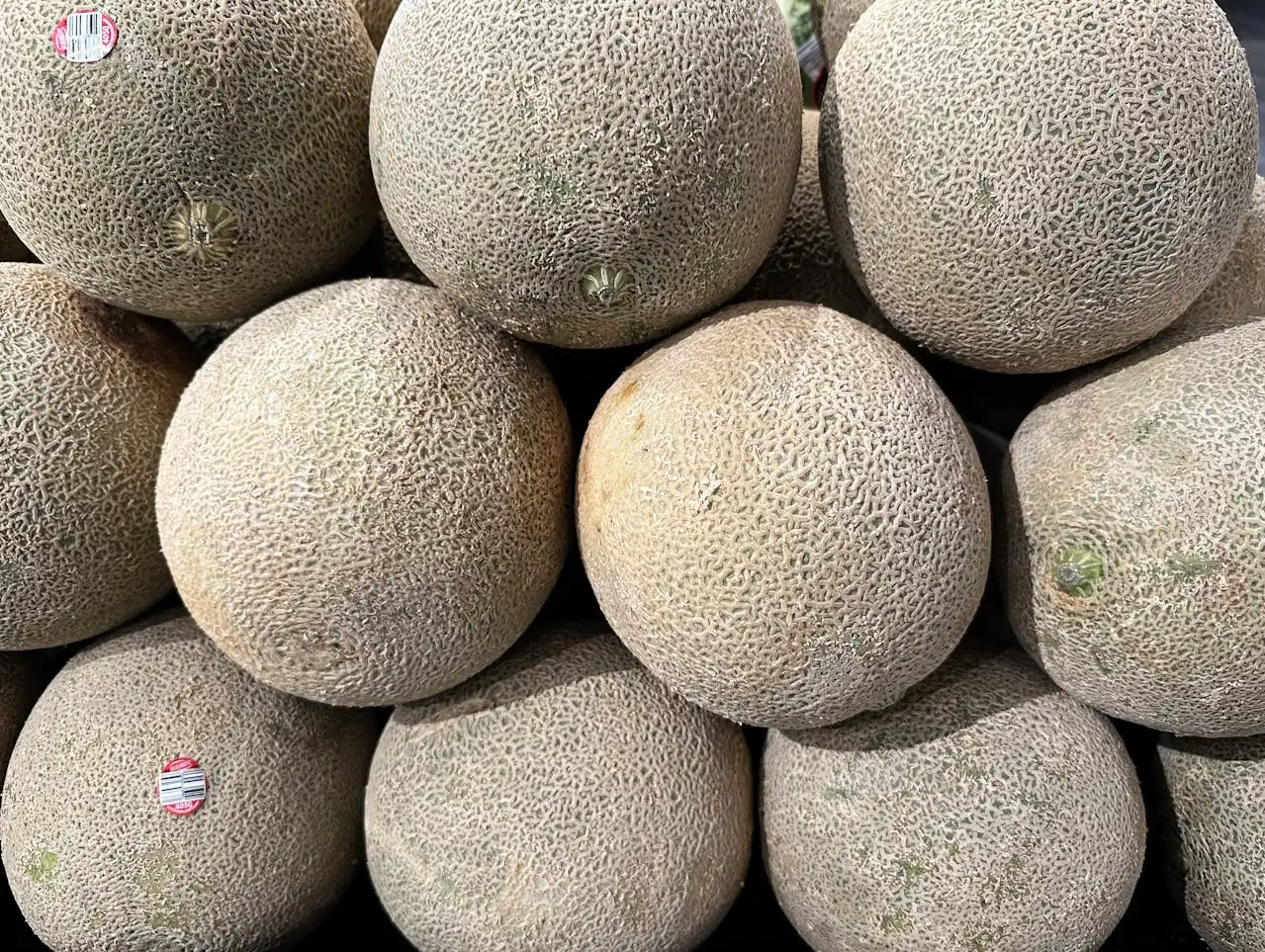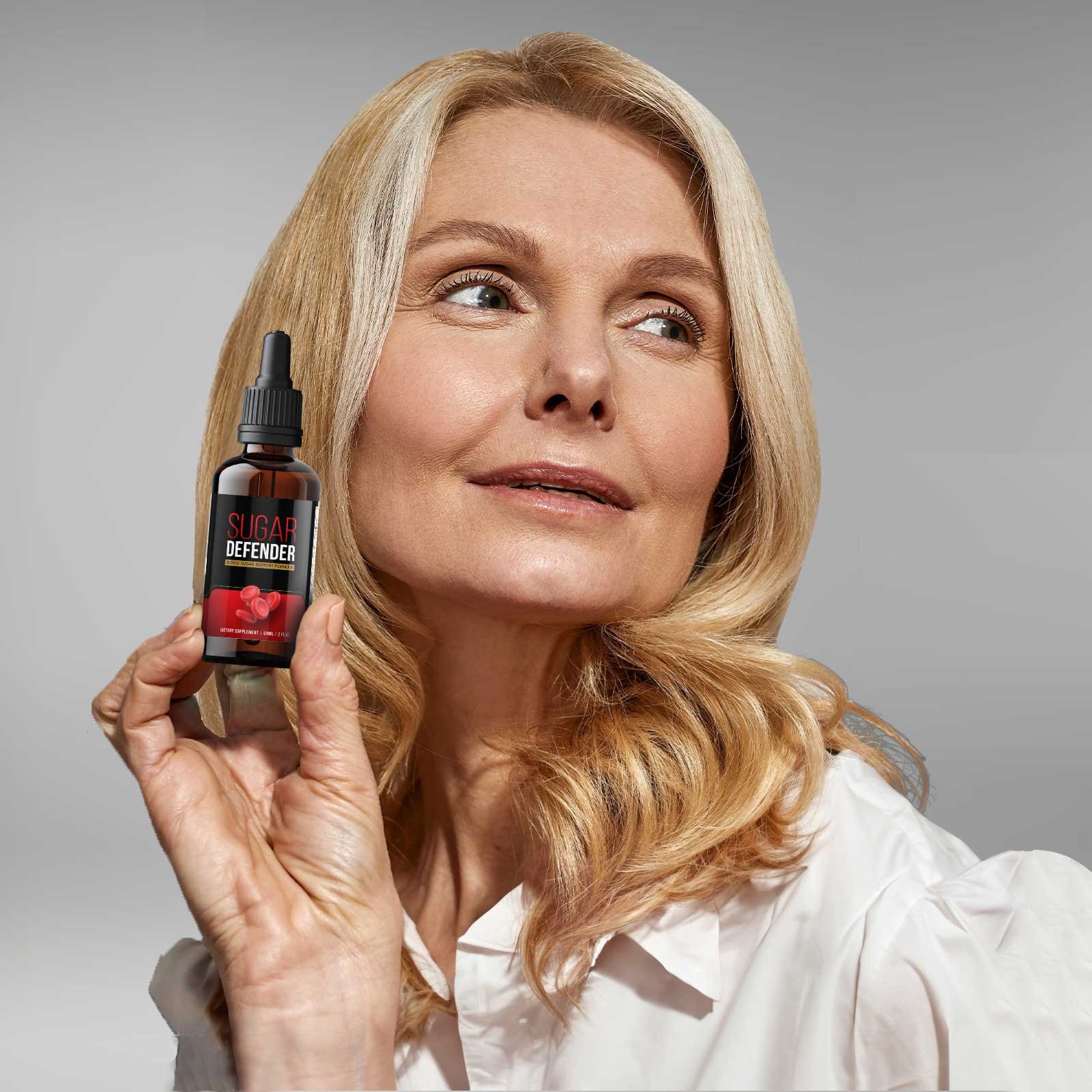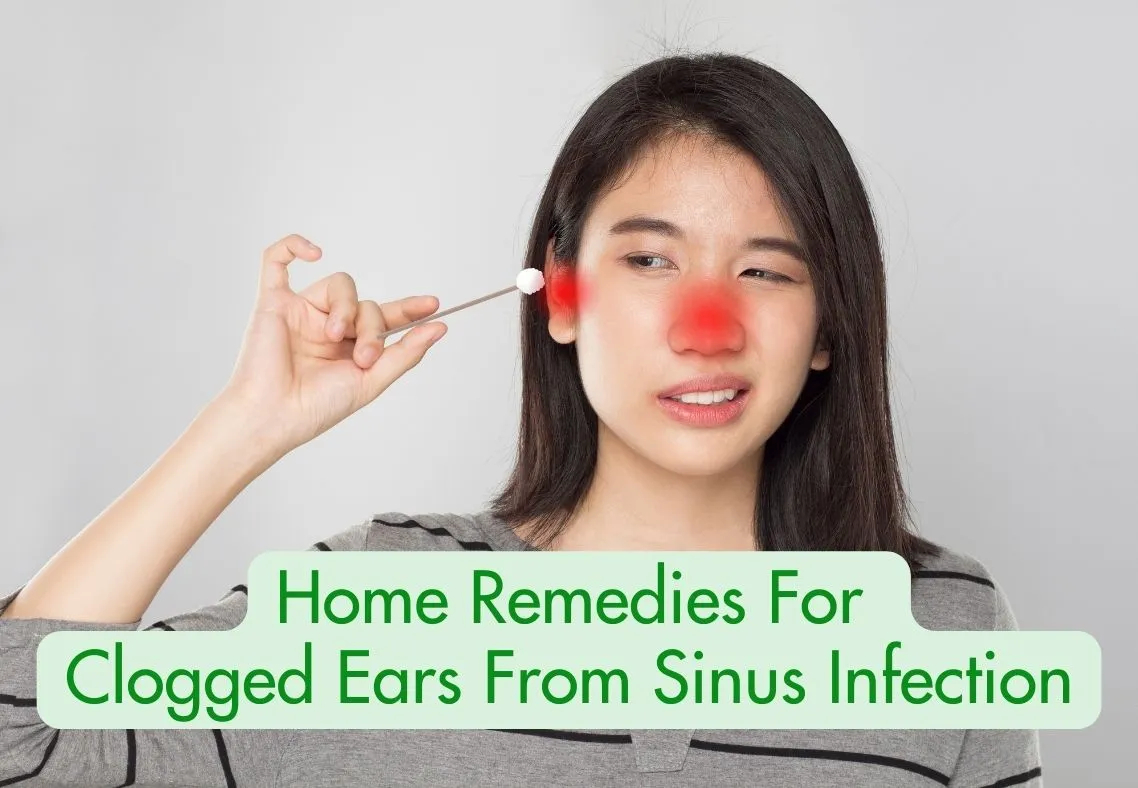
Certified Dietitian
Introduction
Menstrual cramps, also known as period pain or dysmenorrhea, are a common yet unwelcome companion for many women during their menstrual cycle. These cramps can range from mild discomfort to debilitating pain, affecting daily activities and overall well-being. If you’re tired of suffering through painful periods, this quick guide offers a simple technique to provide immediate relief and a deeper understanding of why cramps occur.
Understanding Menstrual Cramps: The Uterine Contractions
Menstrual cramps are the result of contractions in the uterine muscles. Yes, your uterus, that incredible organ responsible for nurturing and potentially housing a developing baby during pregnancy, can also cause discomfort during your period.
These contractions, often likened to muscle spasms, serve a purpose. They help expel the menstrual blood from your body by contracting the uterine muscles. However, when these contractions become too intense or prolonged, they can lead to the uncomfortable and sometimes excruciating pain known as menstrual cramps.
The Quick and Effective Relief Technique
Before we delve into why menstrual cramps happen, let’s address the immediate relief technique you can try the next time cramps strike:
Find a Comfortable Spot: Lay down on your stomach, preferably on a soft surface like a bed or a comfortable couch.
Stretch Your Arms Forward: Extend your arms straight in front of you, with your palms facing down.
Gently Arch Your Back: Slowly arch your back, lifting your upper body off the ground. Keep your pelvis grounded and relaxed.
Hold the Position: Maintain this position for a few minutes, focusing on deep and steady breathing.
This simple maneuver, known as the prone position with backward stretching, helps hyperextend your lower back, subsequently stretching out the uterus in front of your spine. Many women report immediate relief from menstrual cramps by using this technique. It’s worth trying the next time you experience discomfort during your period.
Why Do Menstrual Cramps Happen?
Now that we’ve addressed the quick relief technique, let’s explore why menstrual cramps happen in the first place:
Prostaglandins: The primary culprit behind menstrual cramps is a group of hormone-like substances called prostaglandins. These compounds play a pivotal role in the uterine contractions necessary to shed the uterine lining during menstruation. However, an excess of prostaglandins can lead to more intense and painful cramps.
Uterine Muscle Contractions: As mentioned earlier, the uterus contracts during your menstrual cycle to help expel menstrual blood. When these contractions become forceful and prolonged, they can cause pain and discomfort.
Endometriosis: Some women experience severe cramps due to a condition called endometriosis, where tissue similar to the uterine lining grows outside the uterus. This tissue can become irritated and inflamed during menstruation, leading to intense pain.
Other Factors: Other factors such as fibroids (noncancerous growths in the uterus), adenomyosis (when the uterine lining grows into the uterine muscle), and pelvic inflammatory disease (infection of the reproductive organs) can also contribute to painful periods.
Supplements for Enhanced Relief
While the prone position with backward stretching offers quick relief, some women may benefit from supplements to manage and potentially reduce the intensity of menstrual cramps. It’s important to note that the effectiveness of supplements may vary from person to person, so it’s advisable to consult with a healthcare provider before starting any new supplement regimen. Here are some supplements to consider:
Magnesium: Magnesium is known for its muscle-relaxing properties. It can help alleviate muscle cramps, including menstrual cramps. Taking magnesium supplements in the days leading up to your period may reduce cramp severity.
Omega-3 Fatty Acids: Omega-3 fatty acids, found in fish oil supplements, have anti-inflammatory properties. They can help reduce inflammation and potentially ease the pain associated with menstrual cramps.
Vitamin B1 (Thiamine): Thiamine has been linked to reduced menstrual pain in some studies. It may be worth trying as a supplement, although further research is needed to establish its effectiveness fully.
Herbal Supplements: Herbal supplements like ginger, cinnamon, and cramp bark have been traditionally used to alleviate menstrual cramps. These supplements may offer relief for some women.
Conclusion: Embracing Relief and Understanding
Menstrual cramps are a common, albeit uncomfortable, part of many women’s lives. While the prone position with backward stretching can provide quick relief, understanding the underlying causes of cramps and considering supplements under the guidance of a healthcare provider can offer a more comprehensive approach to managing and potentially reducing menstrual pain.
Remember that every woman’s experience with menstrual cramps is unique, and what works for one person may not work for another. It’s essential to listen to your body, seek professional advice when needed, and explore various strategies to find the relief that best suits your individual needs. With the right approach, you can regain control over your menstrual cycle and enjoy a more comfortable and pain-free period.










